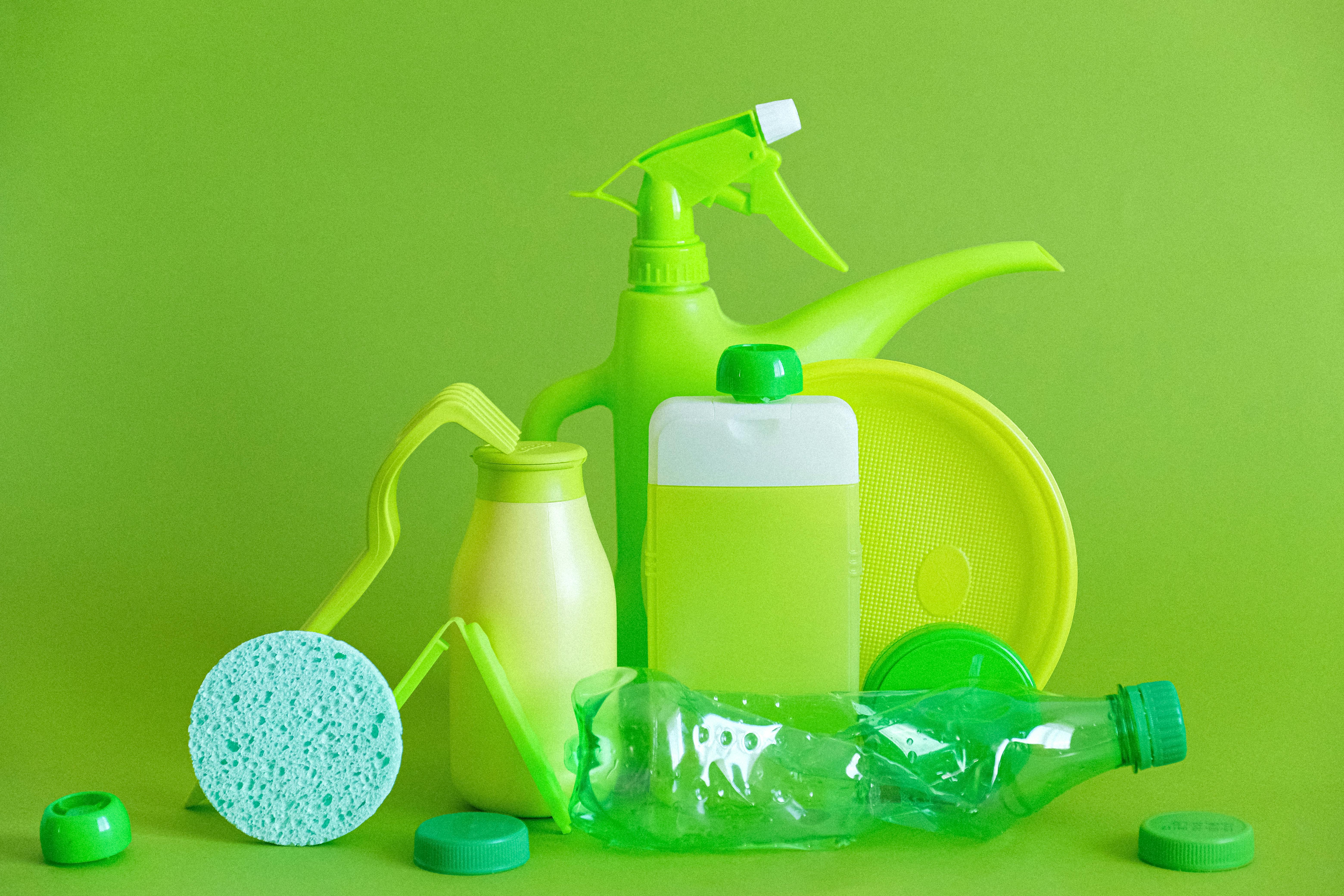 Introduction
Introduction
Waste sanitation is important for any business, no matter what industry it’s in. Having the right sanitation solution for your waste can not only make a difference in the environment but also help your business run more efficiently. But how do you choose the best waste sanitation solution? In this blog post, we’ll look at the different types of waste sanitation available and discuss their advantages and disadvantages. We’ll also provide tips on how to choose the best solution for your business.
Types of Waste Sanitation Solutions
The first step in choosing the best waste sanitation solution is understanding the different types of solutions available. Here are four of the most common waste sanitation solutions:
1. Composting: This is the process of breaking down organic materials into a nutrient-rich soil supplement. Composting can be done on-site, using the composting services of a third-party, or by sending the materials off-site to a composting facility.
2. Recycling: This is the process of reusing materials instead of disposing of them. Recycling is a great option for businesses with a lot of waste, as it can reduce the amount of waste that goes to a landfill.
3. Incineration: This is the process of burning materials in order to reduce their volume. It’s a good option for businesses with a lot of hazardous materials and for materials that can’t be recycled.
4. Landfilling: This is the process of storing materials in a landfill. Landfilling is a good option for businesses with a lot of hazardous materials that can’t be recycled or incinerated.
Advantages and Disadvantages of Each Solution
Now that you know the different types of waste sanitation solutions, let’s look at their advantages and disadvantages:
Composting
Advantages:
• Composting can reduce the amount of material that goes to a landfill
• Composting produces a useful soil supplement
• Composting can be done on-site or off-site
Disadvantages:
• Composting requires space and equipment
• Composting takes time
• Composting produces odors
Recycling
Advantages:
• Recycling can reduce the amount of material that goes to a landfill
• Recycling can be done on-site or off-site
• Recycling can produce useful materials
Disadvantages:
• Recycling requires space and equipment
• Recycling takes time
• Recycling may not be feasible for hazardous materials
Incineration
Advantages:
• Incineration can reduce the volume of materials
• Incineration can produce energy
• Incineration can be done on-site or off-site
Disadvantages:
• Incineration requires space and equipment
• Incineration produces air pollution
• Incineration may not be feasible for hazardous materials
Landfilling
Advantages:
• Landfilling can be done on-site or off-site
• Landfilling is inexpensive
• Landfilling is an option for hazardous materials
Disadvantages:
• Landfilling produces air and water pollution
• Landfilling can require a lot of space
• Landfilling can be expensive in the long run
Tips for Choosing the Best Waste Sanitation Solution
Now that you know the different types of waste sanitation solutions and their advantages and disadvantages, here are some tips for choosing the best solution for your business:
• Consider Your Business’s Waste Stream: Before you choose a waste sanitation solution, take a look at your business’s waste stream. What kind of materials are you producing? How much waste is your business producing? Understanding your business’s waste stream can help you determine which solution is the best fit.
• Consider Your Budget: Waste sanitation solutions can be expensive, so it’s important to consider your budget when choosing a solution. If you’re on a tight budget, look for solutions that are less costly or that can be done on-site.
• Consider Your Space: Some waste sanitation solutions require a lot of space, so make sure to consider how much space you have available when choosing a solution. If you don’t have a large area, look for solutions that don’t require a lot of space.
• Consider Your Time: Some waste sanitation solutions can take time to set up and maintain, so it’s important to factor in the amount of time you have available when choosing a solution. If you don’t have a lot of time, look for solutions that don’t require a lot of effort.
• Consider Your Locations: If you have multiple locations, look for solutions that can be done on-site or off-site. That way, you can set up one solution that can be used at all of your locations.
• Consider Your Resources: Waste sanitation solutions require resources, such as space, equipment, and personnel. Make sure to factor in the resources you have available when choosing a solution.
• Consider Your Goals: What are your goals for waste sanitation? Are you looking for a solution that will reduce the amount of material that goes to a landfill? Are you looking for a solution that will produce energy? Are you looking for a solution that will produce a useful soil supplement? Make sure to consider your goals when choosing a solution.
Conclusion
Waste sanitation is an important part of any business, no matter what industry it’s in. That’s why it’s important to choose the right solution for your business. By understanding the different types of waste sanitation solutions and their advantages and disadvantages, as well as following the tips in this blog post, you can make an informed decision about which solution is best for your business.
If you’re looking for a reliable waste sanitation solution for your business, Midland Toilet Hire is here to help. We offer a range of portable sanitation solutions, including toilets, showers, and waste water removal services. Contact us today to find out how we can help you create a safe and efficient sanitation solution for your business.
